Building an aircraft is a task that must be thought out in detail. Its materials must meet strict requirements in terms of mechanical strength, performance, and weight reduction, in addition to other functions such as acoustic and thermal insulation. To simultaneously meet all these requirements, there has been a trend toward mixed materials, such as sandwich structures or composite materials.
Today, up to 50% of the volume of a modern aircraft such as the 787 Dreamliner or the Airbus A350 is made of composite materials, mainly thermoset polymers reinforced with carbon fibre. These are plastics that are treated to give them a rigid, permanent structure that does not soften when heated, but rather degrades.
These are ultra-lightweight materials that provide an excellent strength-to-weight ratio, and which meet the demanding requirements of the aeronautical industry, allowing for reduced fuel consumption and increased efficiency during flight.
How can we recycle composite materials?
These technological advances, however, pose a major challenge: recycling these composite materials is still very limited. This is not only due to their intrinsic complexity, as they are thermoset and cannot be melted down for reprocessing. The enormous difficulty of separating their components and different layers of materials also comes into play.
Currently, the European Composites Industry Association (EuCIA) estimates that between 40-70% of waste from these materials ends up in landfills or is incinerated without energy recovery. Its current recycling capacity in the European Union represents only 5% of the total composite waste generated, including both thermosets and thermoplastics. A thermoplastic is a material that, at relatively high temperatures, becomes deformable or flexible, melts when heated, and hardens into a glassy transition state when cooled sufficiently.
Similarly, the International Air Transport Association (IATA) estimates that over the next decade, more than 11,000 commercial and cargo aircraft will be retired. Each one will generate tons of waste that, if not recycled, will also end up in landfills.
Solutions based on a single material
Given this problem, it is necessary to rethink the design of materials for aviation and prioritise not only performance but also recyclability.
One promising strategy is the development of structural materials made from a single base material that fulfills multiple functions, simplifying recovery at the end of its useful life.
In this context, PEEK (polyether ether ketone) is a high-performance alternative with excellent mechanical, thermal, and chemical properties. It is also a recyclable and reprocessable thermoplastic.
This approach represents a paradigm shift, as polymers are traditionally little used in aviation and most are thermoset. Although resistant, these cannot be recycled or reprocessed, which represents an environmental and economic challenge. In contrast, PEEK can be melted and reprocessed several times.
The power of geometric design
However, for a single material to replace traditional complex mixtures, it must be capable of meeting various structural and functional requirements, such as mechanical strength, sound absorption, and thermal insulation. This is where microstructural design, understood as the very small-scale configuration of a material, comes into play.
Just as in large structures such as skyscrapers or bridges, where we place narrow beams in key positions to support heavy loads, we can design microstructures that, despite being tiny, behave uniformly, almost as if they were a homogeneous material.
The geometry determines how it behaves when subjected to loads, sound, etc. We can adapt it to multiple requirements without having to combine different layers of materials. This simplifies manufacturing and, importantly, recycling.
Nature as a source of inspiration
Triply periodic minimal surfaces (TPMS) are a very interesting type of geometry. These mathematical surfaces have zero mean curvature, which makes them promising for their mechanical properties (thanks to their continuous geometry, they have no nodes where stress is concentrated, which would be an area more prone to failure) and acoustic properties.
Nature already uses these geometries, for example, in sea urchin skeletons or the wings of some butterflies.
There are many different TPMS. Thanks to extensive research and characterisation, we now have an extensive catalog that allows us to choose the most suitable geometry according to mechanical loads, weight requirements, and acoustic and thermal properties.
Furthermore, since these geometries are described by mathematical functions, it is possible to introduce density and shape gradients throughout the part to optimise each point.
Innovation for the circular economy
At IMDEA Materials Institute in Madrid, we are working on combining 3D printing with a novel physical foaming process using CO₂, which creates micro-pores within the piece being printed. Our goal is to create PEEK structures at different scales that improve toughness and reduce weight.
With this technique, we can overcome certain seemingly contradictory requirements, achieving materials that are resistant, i.e. they don’t break, yet are also lightweight at the same time.
This strategy mimics nature. For example, elements such as deer antlers, the shells of many mollusks, and our teeth resist impact without breaking, as the micropores slow the spread of cracks and absorb a lot of energy.
And most importantly? By using only PEEK and CO₂, at the end of the material’s useful life, only the polymer remains, facilitating clean and effective recycling without pollution.
For aviation to move towards a circular economy, it is essential to design materials with their end-of-life use in mind. Opting for single-material solutions such as PEEK and taking advantage of geometric design opens the door to lightweight, functional, and recyclable structures. In short, sustainability begins with the design itself.
Lucía Doyle, MSCA Postdoctoral Researcher in Advanced Engineering Materials, IMDEA MATERIALS
The article was originally published in The Conversation. Read the original (content in Spanish).
The HipPEEK project has been funded by the European Union’s Horizon 2020 research and innovation program under Marie Skłodowska Curie Action No. 101106955. The opinions and views expressed are those of the author(s) alone and do not necessarily reflect those of the European Union or the European Education and Culture Executive Agency (EACEA). Neither the European Union nor the EACEA can be held responsible for them.
